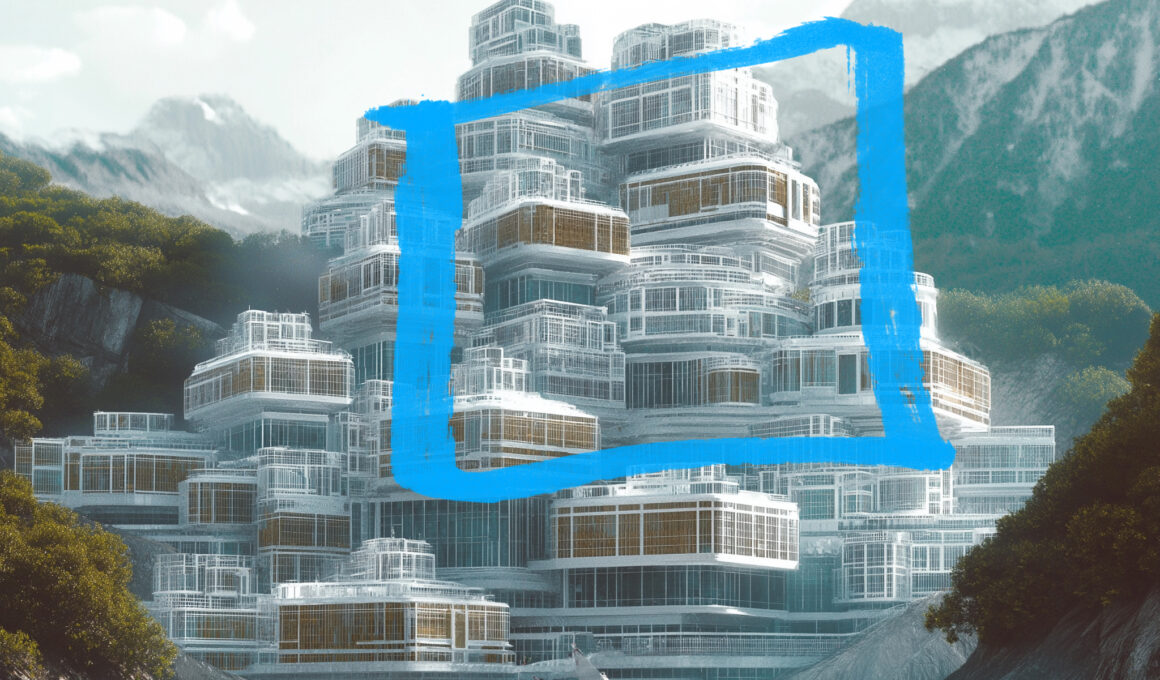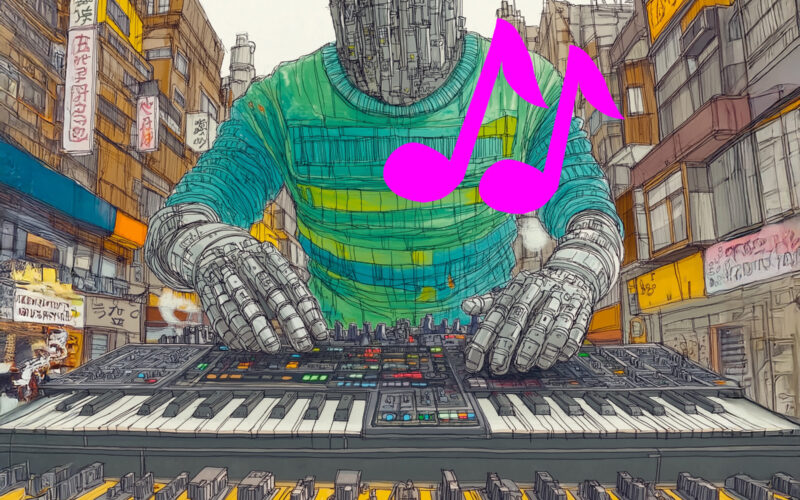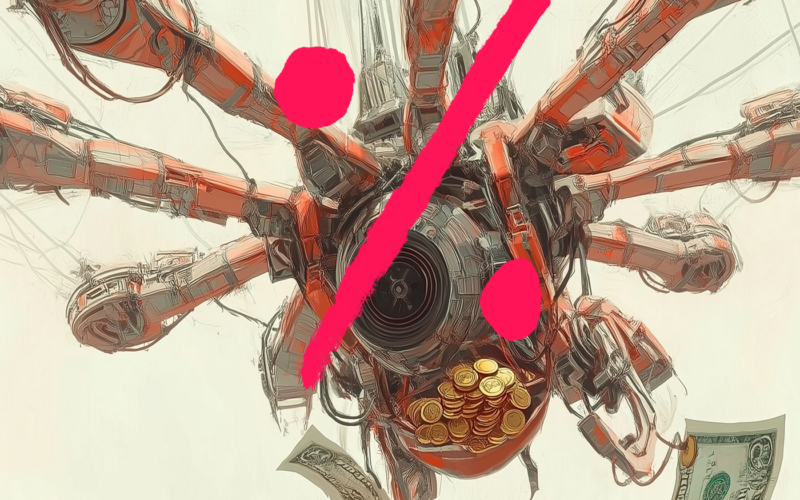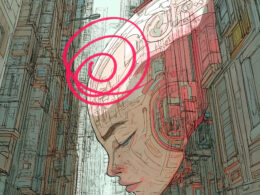Digital Sanctuaries and the New Class Divide
The irony isn’t lost on anyone paying attention: the very tech moguls who spent decades pushing us all toward universal connectivity are now paying premium prices to escape it. Welcome to 2035, where the ultimate luxury isn’t a faster processor or higher bandwidth – it’s the right to disconnect.
I’m writing this from inside one of these “digital sanctuaries,” as they’re marketed to potential residents. My host, a former Silicon Valley executive who prefers to remain unnamed, invited me to spend a week in what he calls his “reality resort.” It’s a gated community on what used to be public parkland in Northern California, where smartphones are confined to designated “connection zones,” and children actually play outside without AR overlays or neural interfaces.
The scene before me feels like it’s been ripped from a 1980s family sitcom. Kids are flying kites – actual physical kites, not drone swarms – while their parents sit on blankets reading paper books. Yes, real books, with pages you can turn without swiping. The whole thing would feel like an elaborate historical reenactment if it weren’t for the heavily armed security personnel patrolling the perimeter, making sure no unauthorized devices make it past the signal jammers.
“We’re not anti-technology,” my host explains, pouring tea from a manual kettle – the kind that doesn’t require a subscription or software updates. “We’re pro-human.”
It’s the kind of statement that would sound profound if it weren’t so terrifyingly indicative of where we’ve landed as a society. The ability to exist without constant digital mediation has become a marker of extreme privilege, while the rest of humanity remains tethered to their devices by economic necessity.
The contrast couldn’t be starker. Outside these privileged enclaves, the average worker is expected to maintain 24/7 availability, their every movement tracked by employer-mandated biosensors. The “always-on” economy we feared in the 2020s has evolved into something far more invasive. Your productivity score doesn’t just determine your salary anymore – it affects your access to healthcare, housing, and basic services.
Remember when we thought remote work would free us? Instead, it became a digital cage. The “right to disconnect” laws that some countries tried to implement in the 2020s now seem quaint, like trying to stop a tsunami with a sandcastle. The very concept of “after hours” has become meaningless for most of the population, as AI managers require constant engagement and “micro-task optimization.”
But here, inside what residents call “The Preserve,” time moves differently. Children learn to play chess with physical pieces, not against algorithms. Teenagers awkwardly flirt face-to-face instead of through avatar proxies. It’s both beautiful and disturbing – a vision of human interaction that’s become as exotic as a private island.
“The waiting list is over three years long,” explains Sarah Chen, the community’s membership director. “And that’s after the financial screening.” She won’t disclose the exact cost of admission, but industry whispers put the entry fee in the mid-eight figures, with annual dues that could fund a small city’s education budget.
What makes this particularly dystopian is how these digital sanctuaries have essentially privatized what used to be basic human experiences. The simple act of reading a physical book has become a luxury activity, like taking a space flight was in the 2020s. The publishing industry’s complete shift to digital-only formats means that physical books are now collectors’ items, traded among the wealthy like fine art.
The same goes for vinyl records, board games, and even traditional musical instruments. These artifacts of analog culture have been hoarded by the elite, not just as status symbols, but as tools of cognitive liberation. Studies have shown that children raised with limited screen time and access to physical play materials display significantly higher levels of creativity and problem-solving abilities. But try explaining that to a parent working three remote jobs just to afford their family’s mandatory device upgrades.
It’s not just about the toys and tools, though. These communities have effectively privatized nature itself. While the rest of humanity crowds into ever-denser urban spaces, where even windows have been replaced by high-definition screens showing artificial views, the residents of digital sanctuaries have access to real grass, trees, and open skies.
“My kids had never seen a real butterfly before we moved here,” one resident tells me, watching her children chase a monarch across an actual lawn. “They thought they were mythical creatures, like dragons.” She laughs, but there’s a sadness in it. Her children’s wonder at basic natural phenomena highlights the profound disconnection that has become the norm for most of humanity.
The tech elite’s escape from their own creation reminds me of the industrial barons of the early 20th century, who built summer homes far from the factories that made them rich. But there’s a crucial difference: those industrialists were fleeing physical pollution, while today’s digital aristocracy is escaping a pollution of consciousness – one they themselves engineered.
These sanctuaries represent more than just a new form of inequality; they’re a damning indictment of our collective failure to manage technological progress. The very people who promised that universal connectivity would democratize access to information and opportunity have instead created a two-tiered society: those who can afford to disconnect and those who must remain perpetually plugged in.
What’s most unsettling is how this digital divide has been normalized. Outside these walls, people have largely accepted their constant connection as inevitable, even natural. The ability to sit quietly with a book, to play a game without metrics and notifications, to simply exist without being monitored and measured – these have become alien concepts to most of humanity.
“We’re not trying to turn back the clock,” my host insists as we walk through his community’s artisanal workshop, where residents learn to make things with their hands. “We’re trying to preserve what makes us human.” But preservation for whom? And at what cost to everyone else?
As I prepare to leave The Preserve, I watch a group of children playing hide-and-seek among real trees. No augmented reality overlays, no optimization algorithms, no achievement badges – just the simple joy of play. It’s a scene that would have been unremarkable a decade ago but now feels revolutionary.
The guard at the gate checks my devices before letting me exit, making sure I haven’t downloaded any restricted analog apps or saved banned offline content. As my mandatory connection reestablishes itself, my neural interface buzzing with three days’ worth of missed notifications, I can’t help but think about the ultimate irony: the digital revolution promised to connect humanity, but instead, it’s created the most profound disconnection in human history.
The question isn’t whether these digital sanctuaries represent a better way of living – they clearly do. The question is whether we’ll find a way to make that life accessible to everyone, or if the ability to simply be human will remain a luxury good, available only to those who can afford to disconnect from the very systems that made them rich enough to escape.
But don’t hold your breath waiting for an answer. Your productivity score is dropping just reading this article, and your employer’s AI has already flagged you for remedial engagement training.
Remember to breathe. If you can afford to.







